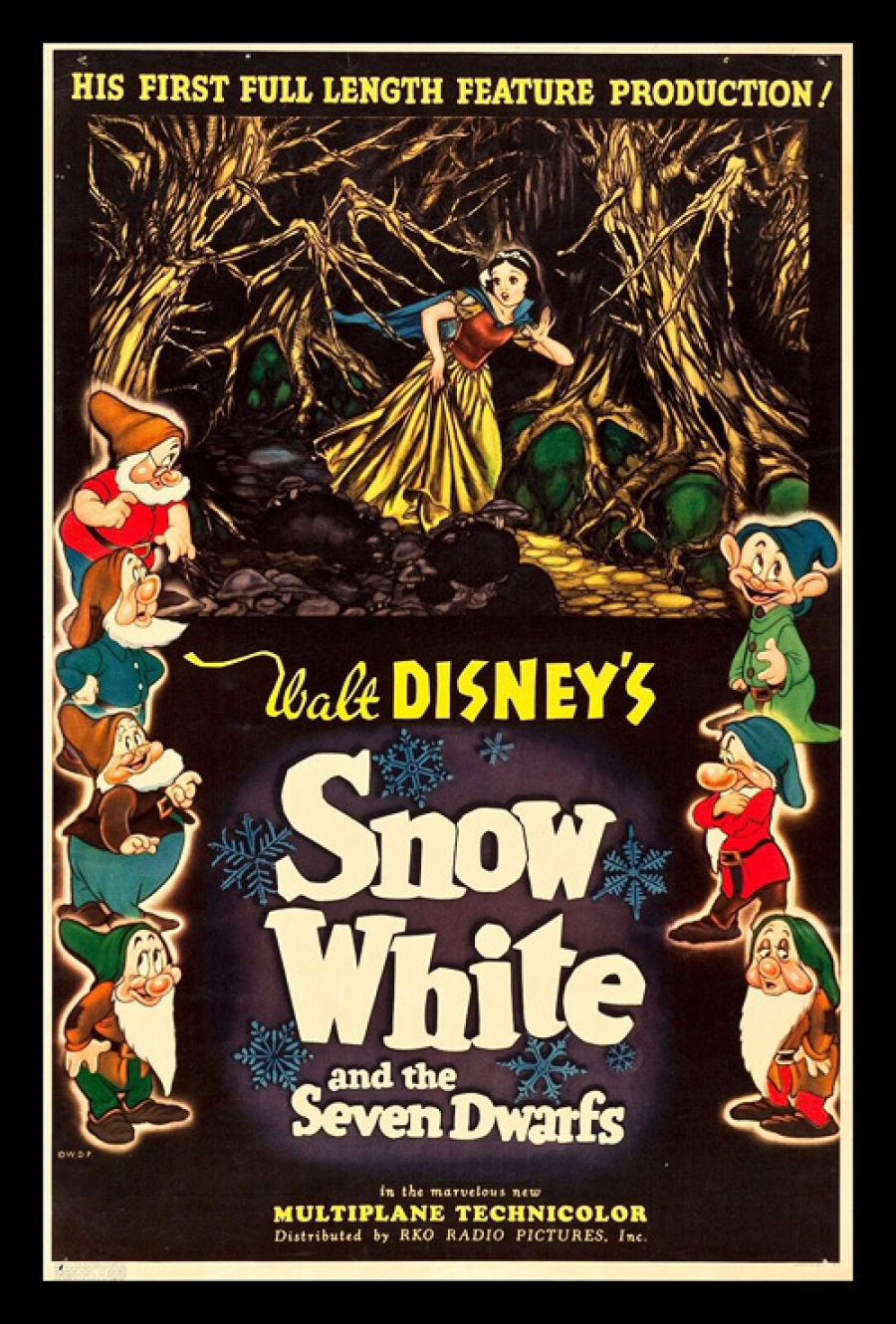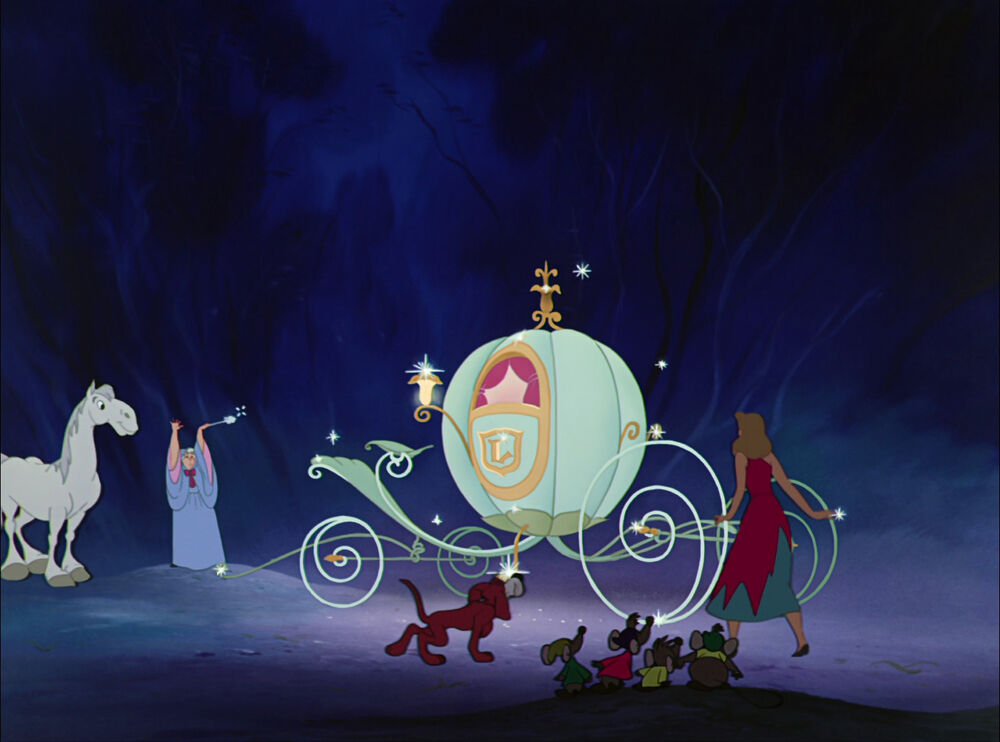Seven years. Seven years! That’s how long it took for Miyazaki to complete the boy and the heron. While most of today’s media seems to be composed of interchangeable blocks that are just rearranged, Miyazaki with his studio ghibli is different.
There is no quota or benchmark of expected output. “When I have an idea I start. And when it’s done it’s done.”
——-
This ethos behind animation echoes like a voice from 90 years ago: Walt disney.
While Disney may be known for sappy, corny, predictable media, it wasn’t always this way.
The man who later in his life said “I sell corn. I love corn” had greater aspirations early on.
Walt Disney in the 30s and 40s was nothing short of a pioneer. He had an obsessive, almost maniacal drive to elevate animation into a high art.
While others were content with animation being simple slapstick shorts as jnterludes between features, Disney pushed the envelope.
The first sound animation. The first color animation. He had his animators train under fine artists, held classes, and always demanded more.
Through it all, many didn’t understand him.
His groundbreaking silly symphonies were originally met with doubts and criticisms. “You want to spend hundreds of thousands of dollars on an experiment that features none of your most popular characters that audiences know and love?”
Yet they were an academy award winning success.
Halfway through the production of “Flowers and Trees” (1932), he was introduced to technicolor. He immediately scrapped the black and white footage, signed an exclusive contract with technicolor and remade the whole animation in color, at the cost of today would be hundreds of thousands of dollars.

He was consumed with the idea of making a feature length animation, Snow White, and was met with doubt from his family and mockery from the media. As the project ballooned well over budget, costing almost 32 million dollars, the media mocked it as “Disney’s folly.”
He even had to mortgage his house to cover the costs.
Yet Snow White changed the history of animation. It is because of Snow White that animated movies are not just simple, short, slapstick comedies. It is because of Snow White that all our beloved childhood characters exist.
Yet Walt Disney wasn’t satisfied. It wasn’t enough that Snow White won the academy award for best animated film.
He wanted the award for best film. He wanted animation to be seen on the same level as live action film. He wanted animation to be seen as a true art form.
Unfortunately, that dream never came true.
He continued to innovate and open new frontiers with Pinocchio, Fantasia, Bambi.

Pinocchio used revolutionary lightning and water effects.
Fantasia introduced the concept of surround sound and a new way to enjoy music.
Bambi, which took 8 years to produce, experimented with naturalistic, honest storytelling.
But all were box office flops. With each release, His company sank deeper and deeper into debt.
Faced with insolvency, Disney grasped and any job he could get. Government propaganda films. Military training shorts. Amalgamations of musical shorts sold as a single film. He was desperate.
Ironically, it was the films that Disney involved himself in the least that saved the company:
Dumbo and Cinderella.
The message was clear: “We don’t want high art Disney. Stay in your lane. Make heart-warming films that entertain us.”
With a new influx of cash he tried his hand one more time with sleeping beauty, but it was met with disappointed box office sales.
He had lost his magic touch.
As time went on he took steps away from the animation. Instead, he buried himself in his hobby of miniature trains.
Until Cinderella, each film Disney made was wildly different in style and story.
Cinderella is considered the seminal work in what is considered “the Disney style.” From that point on animation style and story sechs became more predictable. You know what you were getting when you watched a Disney film.

Walt Disney animation was no place for Walt Disney.
As time went on, Walt Disney developed his “uncle Walt” TV persona. Gone was avant-Garde idealist with flashy clothes. In his place stood a quiet, smiling grandfather figure in a grey suit.
Corn sold. And he learned to love selling corn.
Hayao Miyazaki, however, never gave up.
Maybe it was due to the lack of competition in Japanese animation. Maybe it was due to animation being seen as more than just a kids medium in Japan.
But Miyazaki has continually put out art from the core of his being in each film. He has said that he doesn’t necessarily know where a story is going. He is taken hold of by an idea and animates the story as it comes to him.
No deadlines, no clear story. “We start it. And we finish it when it’s done.”
Even when his films are met with confusion or lack luster box office sales, he still continues on his course.
Each film is so engrossing and takes so much out of him that he swears he will never do another film again and retires.”
He has retired over 4 times now, with the most recent one being “for real this time.”
Miyazaki’s films are not simple entertainment. They are complex, multilayered narratives that keep the audience in reflection each time they watch.
The art style, while not as groundbreaking as early Disney, is beautiful and highly detailed.
Miyazaki makes films in the way he wants – no compromises. He continues to do what Walt couldn’t.
I wish Disney could have met Miyazaki. I think they would have become good friends.
